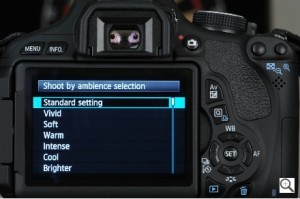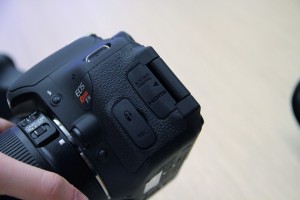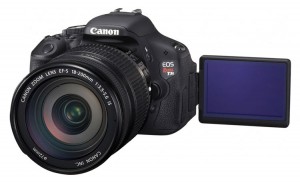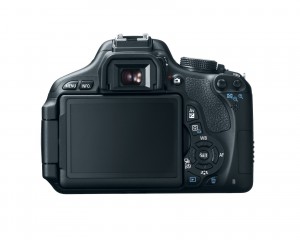Canon EOS 600D / Canon EOS Rebel T3i Review
DigitalRev GuyThe Canon EOS Rebel T3i or the 600D as it is called outside the US is a successor to the T2i / 550D. Look wise, function wise and weight wise it has not been a major upgrade. It still uses the near look, button positioning, 18 megapixels CMOS sensor, the same auto-focusing mechanism and almost the identical body shape. Pick both the cameras up with their respective kit lenses and you would be pardoned for mistaking you’re holding the same camera in both hands. Albeit there is a slight variation in weight, with the T3i being slightly heavier.
Besides the obvious similarities, which are a kind of damper, what has changed on the exterior of the camera is the design of the LCD screen. The T3i now has a flipping screen that can be flipped out and tilted while shooting. It comes handy when you’re shooting in a crowded place and want to take that near impossible shot from a height. It also allows you to take self-portraits with minimum fuss.
One feature that now stands apart from the T2i is the ability to use a multiple remote flashes and trigger them via wireless. It is really nice for photographers who want that specific lighting requirement whether shooting indoors or outdoors. Along with that the Canon EOS Rebel T3i comes with a digital zooming feature when shooting videos. Canon claims that digital zooming does not erode the quality of the videos at all.
The thing that some users would prefer in a smaller budget-friendly DSLR is the simple operations that have been designed keeping in mind the users who will be wielding this camera. The scene based exposure compensation options allow a user to adjust how the images are going to look right from the live view mode. Not only that, users can also change the aspect ratio of the images, also from the live view mode. There is now a Video Snapshot mode which allows you to create quick 2/4/8 second video clips which you can later on stitch together in-camera and make into one clip.

The updated screen functionality of the Canon EOS Rebel T3i (600D in Australia) is much faster and easier to use than its predecessor.
Some of the creative filter options that the semi-professional 60D uses have trickled down to the Rebel T3i. So users can now enjoy an array of creative filters such as Fish-eye, Monochrome, Toy Camera etc. and even apply them to images that he has shot earlier and save them as a separate file.
The other specs include a continuous burst-rate of 3.7 frames per second and the camera can shoot 34 large fine JPEGs before overrunning its buffer. There is a built-in auto-popup flash that has a guide number of 13 meters in ISO 100, pretty good if you’re using it for mainly portraiture or exposing for a group shot from a distance.

The easy to access ports on the Canon EOS Rebel T3i (600D in Australia) are easy to access and easy to find.
Overall if you’re already having the 550D you do not need to go for the 600D. Your 550D is already doing what it does best and that is taking great pictures. If you’re however bent on taking better videos then the 600D is a slight improvement over the 550D, but that’s about it.









